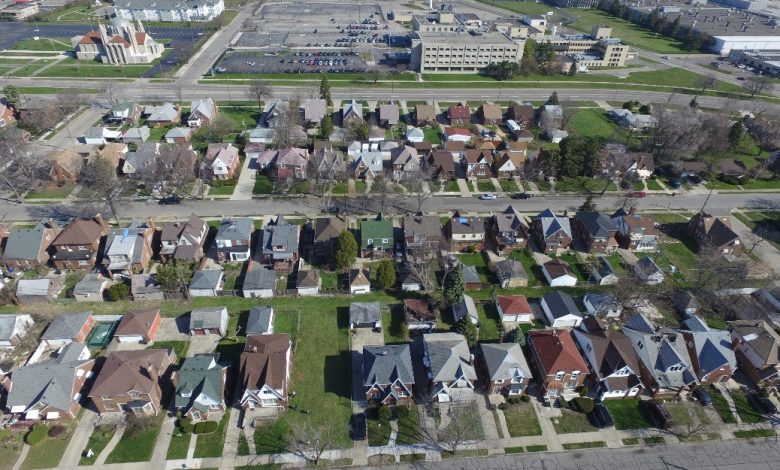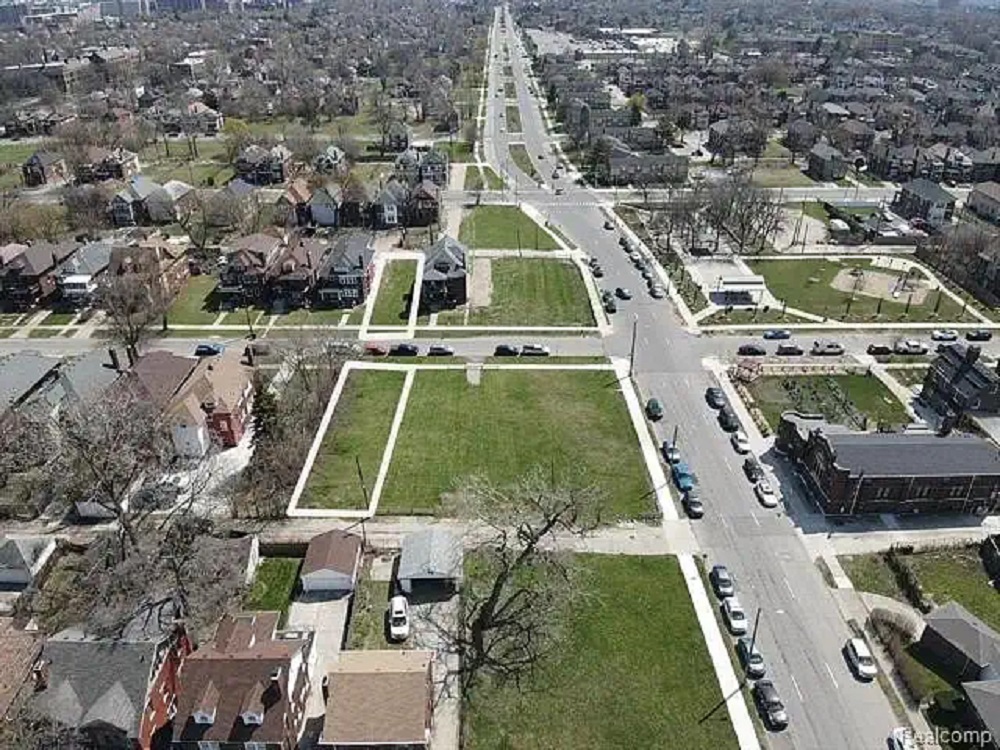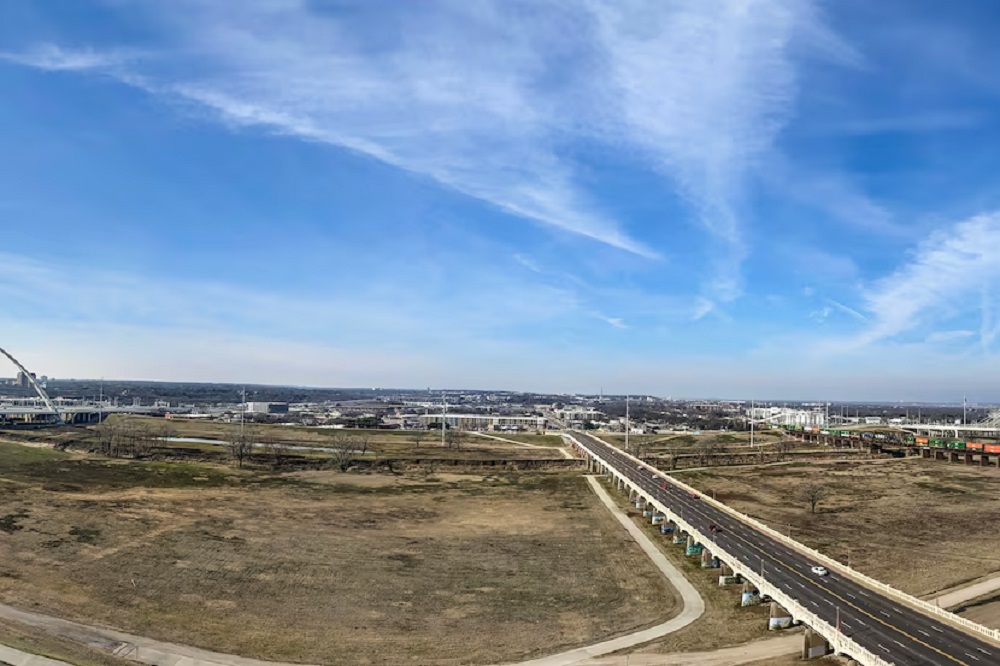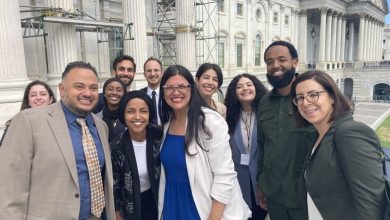Vacant Land Concentrated in Major U.S. Cities, Especially Texas and California
A 2023 study reveals that the majority of undeveloped land in the United States is clustered in a handful of major cities, with Texas leading the way — highlighting untapped opportunities and significant challenges in housing development.

The issue of vacant land has taken center stage in discussions about the U.S. housing shortage. While the country faces a gap of millions of housing units, large tracts of land remain undeveloped — and a recent study reveals that this land is far from evenly distributed across the nation.
According to a 2023 report by CommercialCafe, the majority of undeveloped land is concentrated in a small number of large cities, primarily in Texas and California. This concentration sheds light on both the untapped potential for new housing projects and the structural obstacles that prevent faster development.
Texas Dominates the Rankings
Texas stands out as the state with the most cities on the list. Dallas leads the nation with an impressive 90,739 acres of vacant land. It is followed by Fort Worth, which has 74,835 acres, and San Antonio, with 48,834 acres. Houston also makes the list with 46,168 acres of undeveloped land. This data points to Texas’s unique position: a combination of rapid population growth, abundant land, and high development potential — but also bottlenecks in financing and permitting.

Other Major Cities with Significant Vacant Land
Outside Texas, Phoenix ranks third nationally with 53,022 acres of undeveloped land. Los Angeles follows with 42,228 acres, reflecting California’s complex land-use patterns and regulatory environment.
Further down the list, Indianapolis ranks seventh with 26,604 acres, while Austin, Jacksonville, and Denver also hold substantial vacant parcels, ranging from 17,000 to 25,000 acres.
Development Potential vs. Practical Challenges
Despite the seemingly vast amount of land, experts caution against assuming these areas can easily be turned into housing. Robert Dietz, Chief Economist at the National Association of Home Builders, noted that the main challenge is not simply the availability of land but the difficulty of financing.
“We don’t have detailed data on land,” Dietz told Newsweek. “But about two-thirds of small firms report that land supply is low, mainly due to financing difficulties.”
This indicates that while large parcels exist, access to credit, zoning regulations, and infrastructure development are critical factors that determine whether vacant land can actually be transformed into residential neighborhoods.

A Strategic Opportunity for Policymakers and Developers
With the U.S. housing deficit exceeding 3.8 million units, the concentration of vacant land in key metropolitan areas represents a strategic opportunity for both public and private sectors. By improving access to financing, streamlining permitting processes, and investing in infrastructure, policymakers can help unlock the housing potential of these urban areas.
Texas, in particular, has already seen waves of construction over the past five years. Although the pace has recently slowed, experts believe that targeted policy measures could accelerate development again, especially in fast-growing cities like Dallas, Fort Worth, and Austin.



